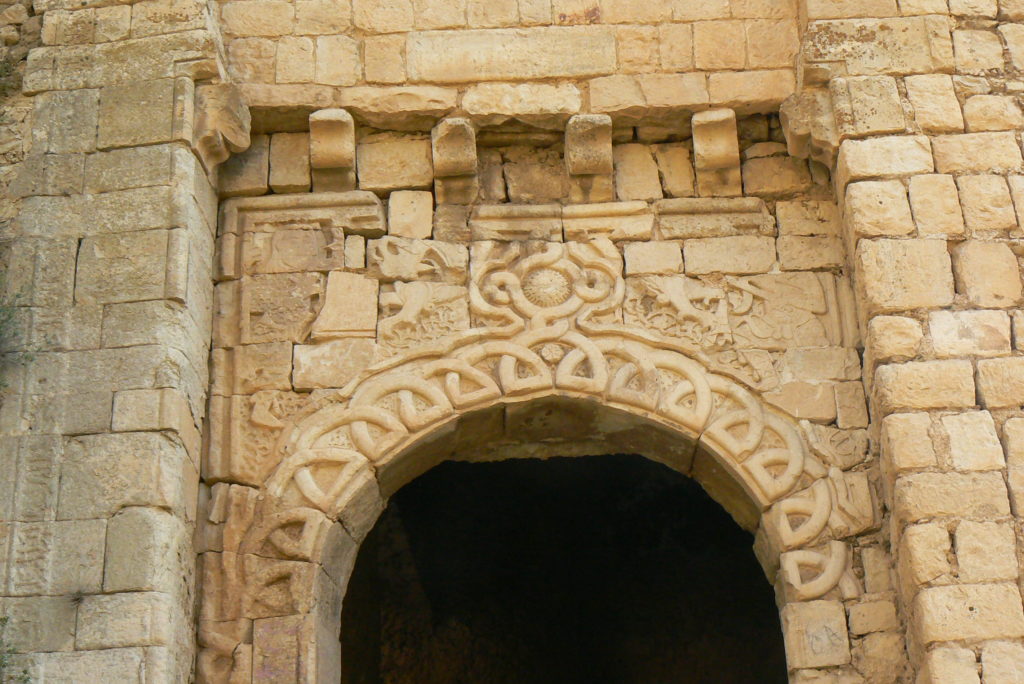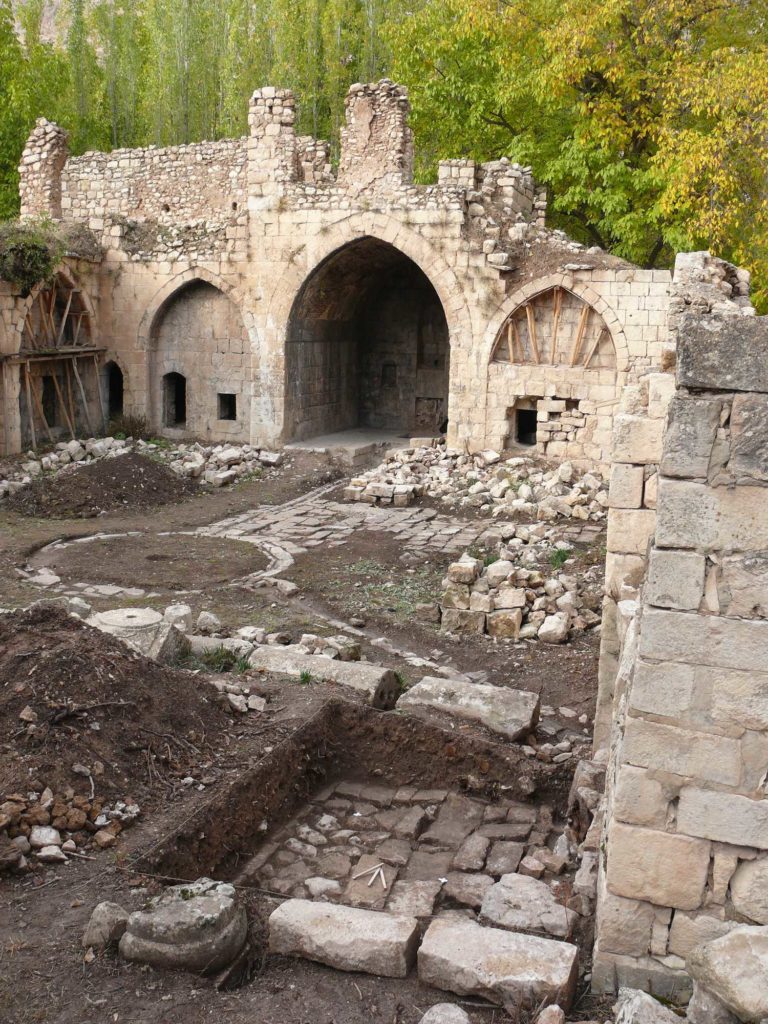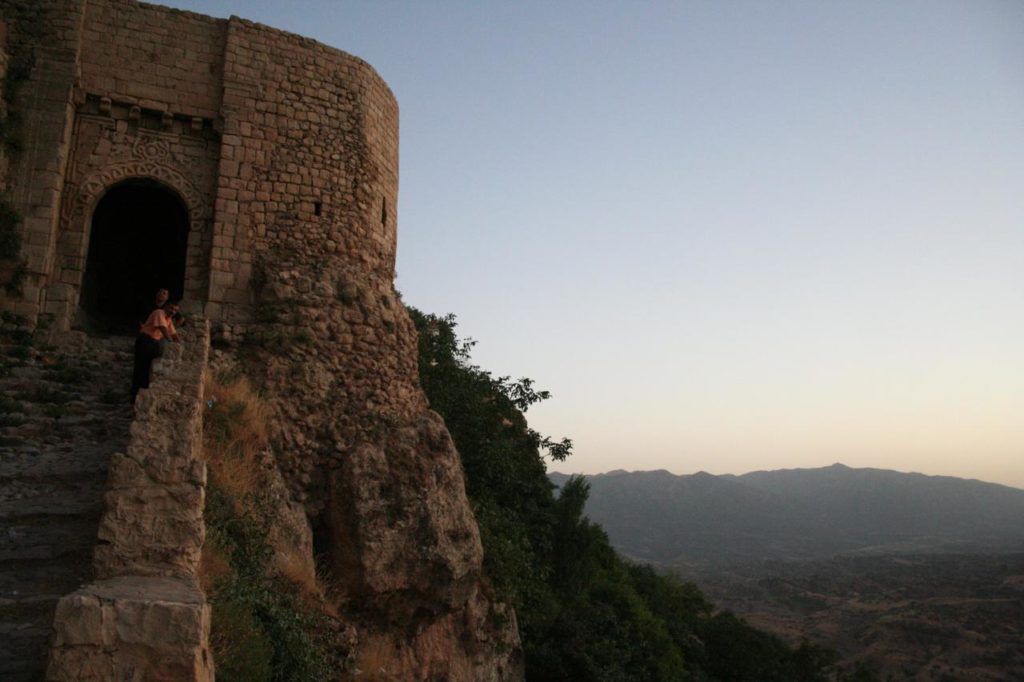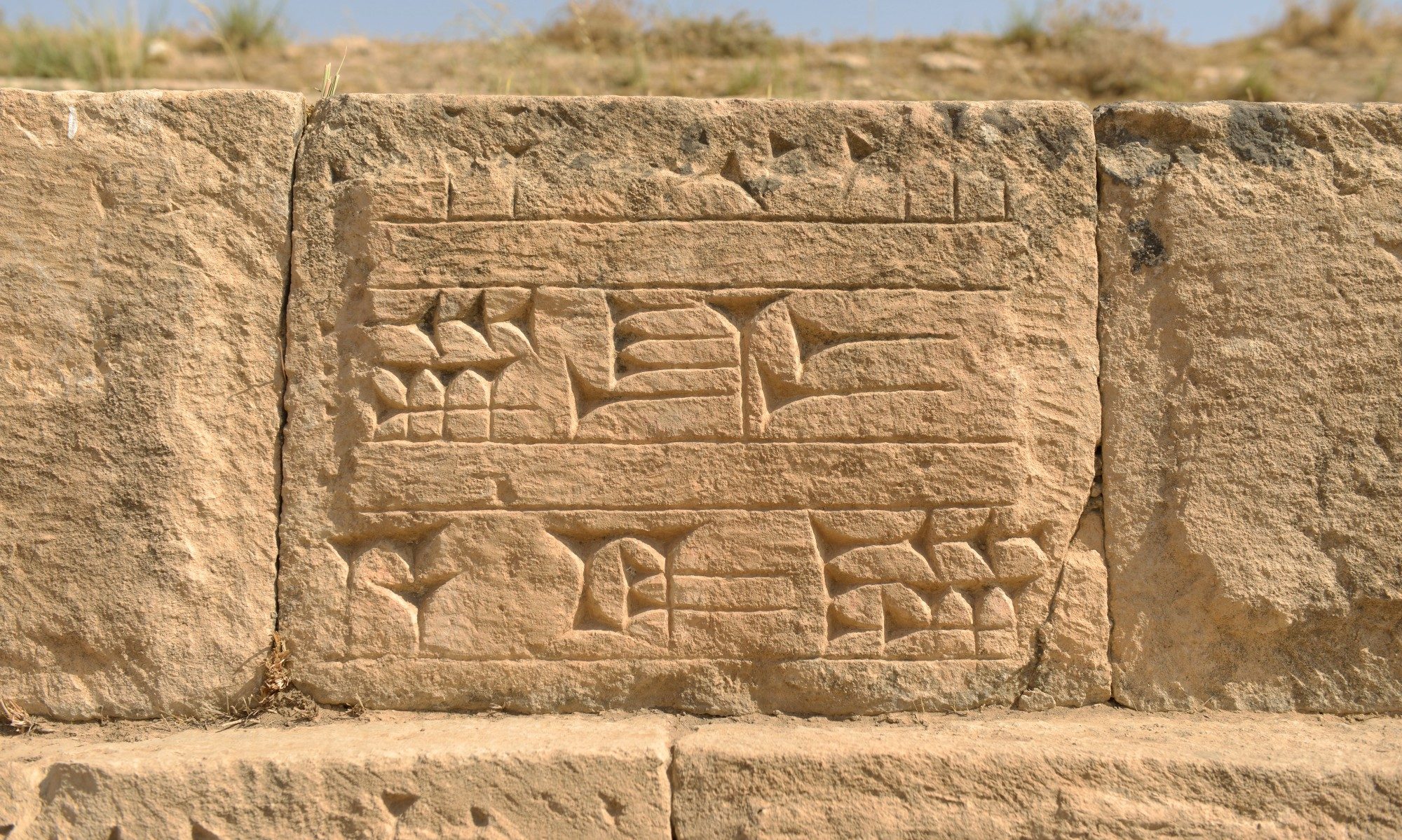Amedy City
Entered into the World Heritage Tentative List in 2011
By Dr Mónica Palmero Fernández
Located on a hilltop 70 km north of the city of Duhok in the Kurdistan Region of Iraq, Amedy is a city with a long history stretching back around 3,000 years to the Neo-Assyrian Empire, although its history probably extends further back in time. The city’s significant geographical location places it at an important focal point of dispute among Median, Persian, and Assyrian forces since ancient times. Today, remains from up to 2,000 years ago are visible in the modern city, although most of the visible architecture was likely built under the Bahdinan Emirate that controlled the region from the 14th to the 19th century.
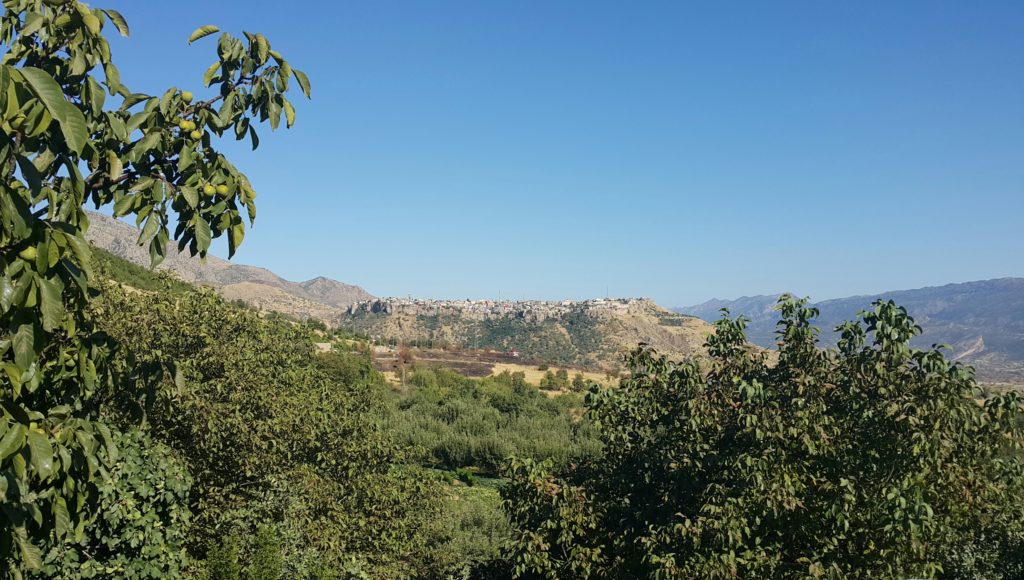
The main elements which confer Amedy its outstanding position in world heritage are the well-preserved urban layout of the city, with defensive gate towers and an ancient street pattern and quarters that reflect a remarkably integrated community with elements of Islamic, Christian, and Jewish architecture packed into the plateau. However, the heritage area stretches out the plateau and encompasses also Madrasa Qubahan with remains of a medieval settlement in its surroundings.
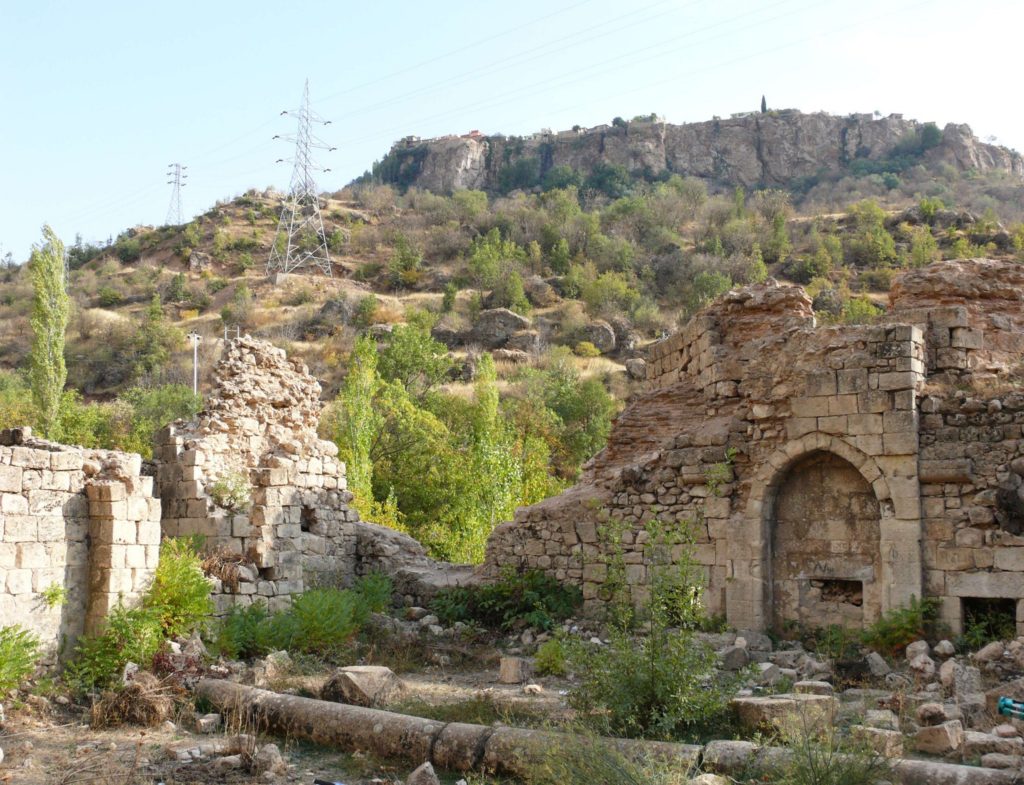
It is this unique emplacement that also threatens the conservation of the built environment characteristic of Amedy. Increasing population in a geographically-constrained setting has caused several significant structures to be lost to redevelopment, which also affects the ancient street pattern. New constructing threatens the views from and to the site. As well as being on the World Heritage Tentative List since 2011, Amedy was also included on the 2016 World Monuments Watch, thus highlighting the need for urgent urban planning to better integrate conservation needs with those of the living community. Inclusion on the Watch allowed for focussed action to be taken by local heritage experts and students from the University of Duhok, as well as incentivising efforts by the Duhok Governorate to incorporate a monthly expenditure for the documentation of Amedy’s historical architecture. In August 2018, the British Council’s Cultural Protection Fund awarded the World Monuments Fund Britain further funding to enhance and document built heritage in the historic town.
UNESCO webpage
https://whc.unesco.org/en/tentativelists/5601/
World Monuments Fund Amedy project webpage
https://www.wmf.org/project/amedy
British Council Cultural Protection Fund Amedy project webpage
https://www.britishcouncil.org/arts/culture-development/cultural-protection-fund/planning-future-amedi
